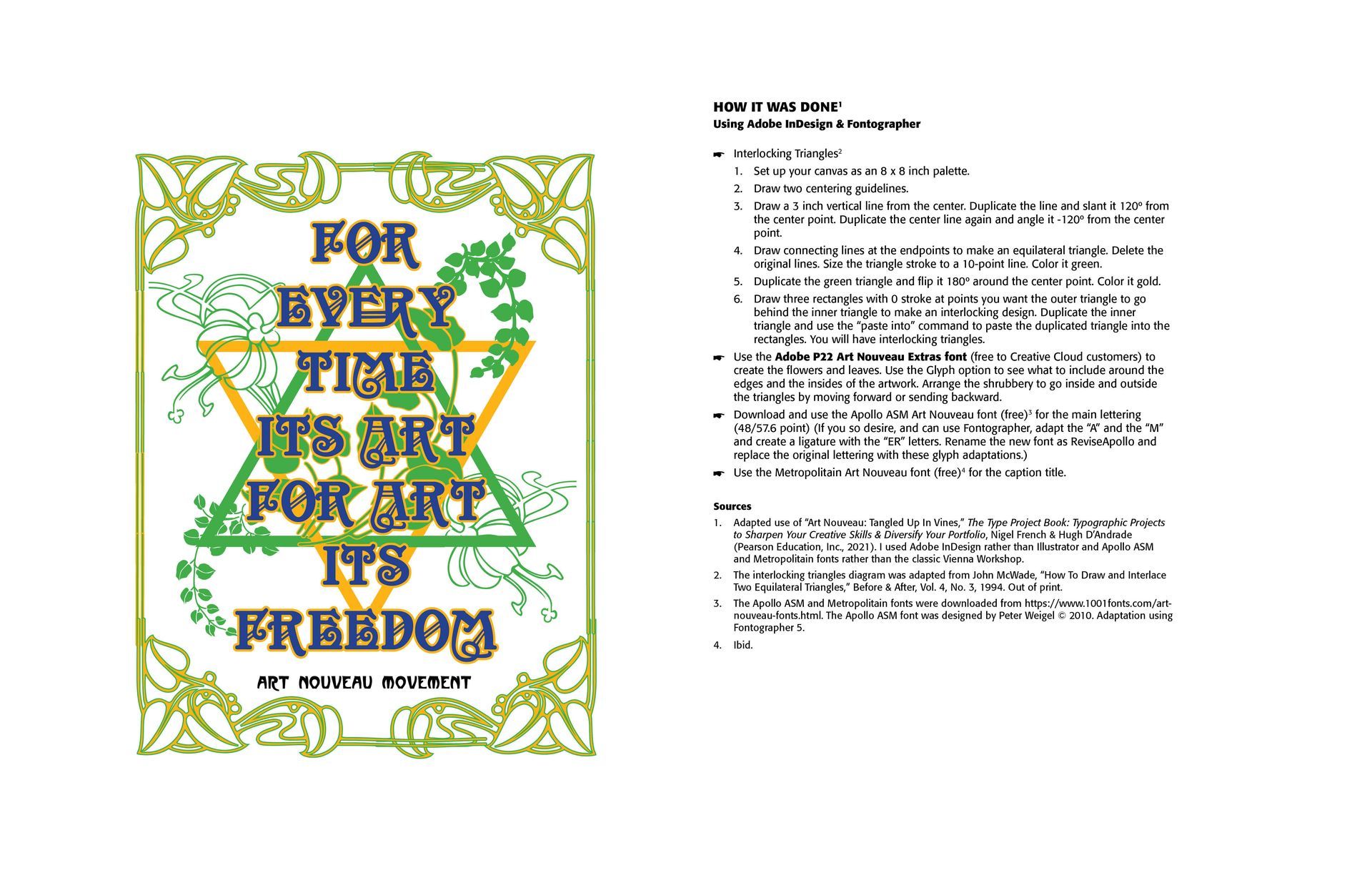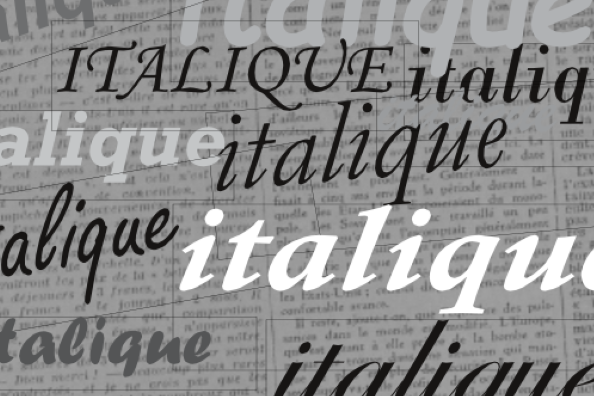Art Nouveau Layout
Art Nouveau* was an international art movement that emerged at the end of the 19th century and reached its peak between 1890 and 1910. It was a reaction against the traditional academic art of the time, which was seen as too rigid and formulaic, and sought to create a new style that was more organic, expressive, and individualistic.
Art Nouveau took its name from the Maison de l'Art Nouveau, a Parisian gallery that exhibited the works of artists and designers who were associated with the movement. The style was characterized by flowing, curvilinear forms inspired by natural shapes and motifs such as flowers, vines, and insects. It also incorporated elements from other artistic traditions, such as Japanese art and the Arts and Crafts movement.
Art Nouveau was particularly popular in Europe, where it influenced a wide range of artistic disciplines, including architecture, interior design, furniture, jewelry, and graphic design. Some of the most notable Art Nouveau architects included Hector Guimard, Antoni Gaudí, and Victor Horta, while artists such as Alphonse Mucha, Aubrey Beardsley, and Gustav Klimt were celebrated for their decorative and ornamental works.
Art Nouveau declined in popularity after World War I, as artists and designers began to embrace new, more modernist styles. However, its influence can still be seen in many aspects of contemporary design, and it remains an important and influential movement in the history of art and design.
The design crafted below is an example of art nouveau. You either like it or hate it.
*From ChatGPT an AI site.

Successful Layout & Design



